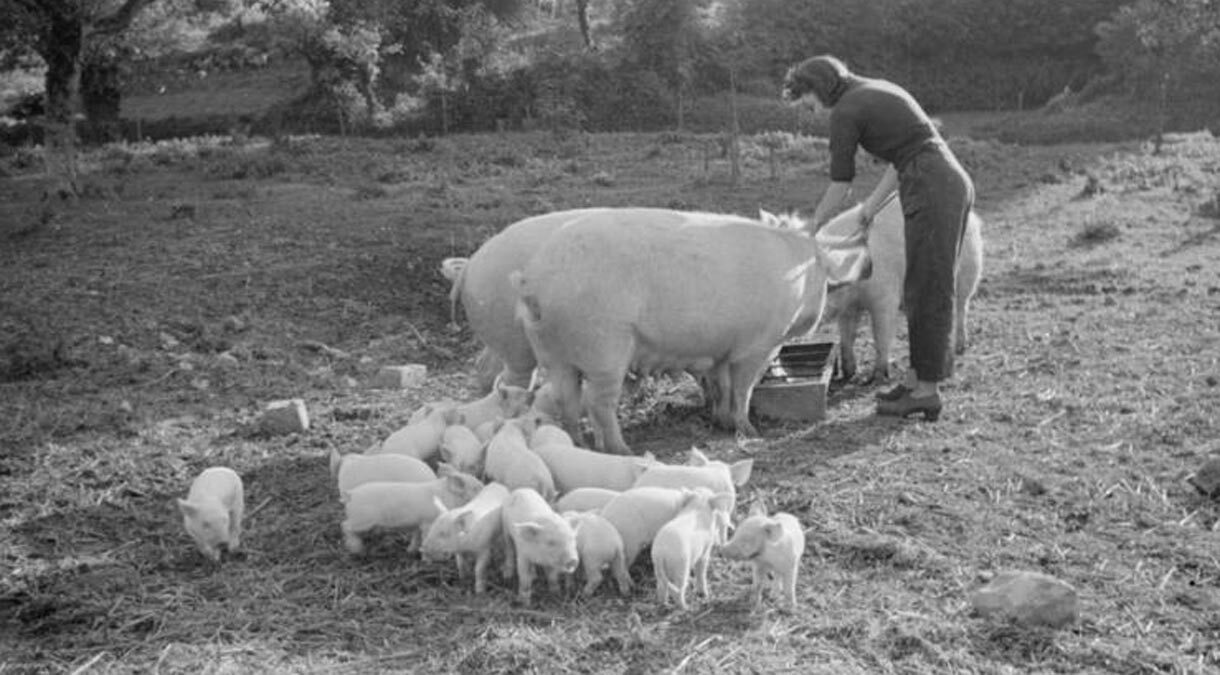“Sweet and Lovely.” Words and music by Gus Arnheim, Harry Tobias, and Charles N. Daniels (using the pseudonym Jules Lemare; 1931). Recorded in the Kingsway Hall, London c. October 23, 1931 by the Orpheus Dance Band (under the musical direction of John Firman) with vocalist Maurice Elwin. Zonophone 5987 mx. 0Y-1506-2.
Personnel: John Firman dir. Max Goldberg-t / cl-as / cl-as-bar / cl-ts / ?Bert Read-p-cel / pac / Joe Brannelly-bj-g / Billy Bell-bb / Rudy Starita-d-vib-x / Charles W. Saxby-or / Maurice Elwin-v
I have yet to find a version of “Sweet and Lovely” that I do not like. A creation of lyricist Harry Tobias, composer-lyricist Charles N. Daniels, and California-based bandleader Gus Arnheim, 1 the song was surprisingly effective at using its unusual melody to elevate romantic attraction to the spiritual plane. It became Arnheim’s signature tune, but the Orpheus Dance Band’s version with Maurice Elwin stands out as something special.
John Firman’s Zonophone house band used the pseudonym “The Orpheus Dance Band” when it recorded in the Kingsway Hall with Charles W. Saxby on the organ (the name “The Arcadians Dance Orchestra” had been used for that purpose up until 1930). In “Sweet and Lovely,” the organ and Billy Bell’s tuba establish a mellow pulsation for the other instruments to play off of. The effect is decidedly hypnotic; it establishes a sort of dream state for Maurice Elwin’s vocals to emerge from.
On this website I say a lot about Elwin’s precision as a singer and about how funny he can be, but “Sweet and Lovely” gives us an example of his being incredibly tender. He is operating at the higher end of his baritone range, which makes him sound more emotionally vulnerable, and he moves through the vocal chorus just quickly enough to give the impression that he is being carried away — transported — by his own argument. I come away from listening to this recording feeling younger and less jaded, convinced of the higher potential of romantic love.
Some representative American recordings of “Sweet and Lovely” made in 1931 are those by Gus Arnheim and His Cocoanut Grove Orchestra (v. Donald Novis), Ben Selvin (as Phil Hughes and His High Hatters; v. Jack Miller), Bing Crosby (whose version includes the intro that would have been in the sheet music but that was dropped in band arrangements), and Ed Kirkeby (as Bud Leonard; v. Elmer Feldkamp).
Other British dance band recordings were made in 1931 by Roy Fox and His Band (v. Al Bowlly), Dave Frost and His Band (v. Sam Browne), Jerry Hoey and His Band (v. Les Allen and two unknown singers), The Savoy Hotel Orpheans (dir. Howard Jacobs; v. Al Bowlly), Percival Mackey and His Kit-Cat Band (v. Phyllis Robins), Eddie Grossbart and His Café de Paris Band (unknown vocalist — Pathé footage survives of Grossbart’s band performing “Sweet and Lovely” in the Café de Paris itself), Jack Harris and His Grosvenor House Band (v. Harry Bentley), Ambrose and His Orchestra (v. Sam Browne), Jack Payne and His Band, and Jack Hylton and His Orchestra (v. Pat O’Malley, in a 12″ concert arrangement). Jay Wilbur recorded three different versions in November and December 1931: one as Jay Wilbur and His Band (with an unknown vocalist), and two as the Biltmore Players (one with Sam Browne and one with Les Allen).
Notes:
- It is possible that Arnheim’s contributions were minimal, but he did have past experience with songwriting. ↩







